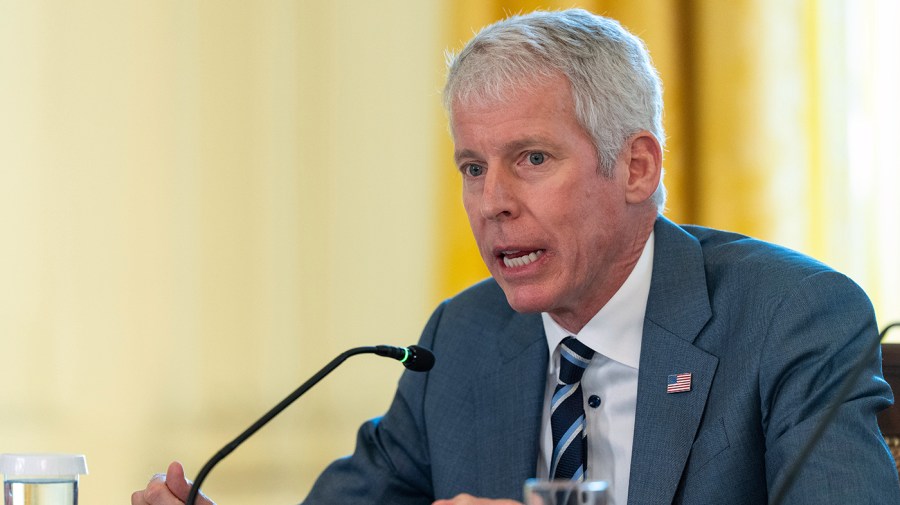
We talk a lot about improving revenue cycle performance: better workflows, fewer denials, faster reimbursement. And most of the time, the default solution is a new technology, a better process, or another vendor.
As someone who’s spent my career in revenue cycle, and is passionate about building tech that addresses its unique challenges, I can tell you this:
Even the smartest systems won’t fix a workforce that’s disengaged, under-supported, or misaligned.
Great technology is essential—and most effective when it’s designed to empower the people who use it. And sometimes, to reveal who is or is not pulling their weight.
If your RCM teams can’t see their progress, don’t understand their goals, or aren’t accountable for outcomes, no platform—no matter how advanced—can close the gap for you.
The Workforce You Depend On Is Closer to Burnout Than Breakthrough
RCM teams have become the quiet backbone of healthcare finance. But they’re tired. Often under-supported. And frequently feel invisible.
Did You Know?
- 63% of providers report dealing with RCM staffing shortages
- 80% say turnover in their department ranges from 11 to 40%, much higher than the national average of 3.8%
Here’s what that really means: disengagement, turnover, and cost.
The price of losing a single RCM employee?
200% of the employee’s annual pay in lost productivity, retraining, and operational lag.
And it’s not getting easier:
The RCM market is projected to exceed $238 billion by 2030, and the pipeline isn’t keeping up.
These aren’t soft people problems. This is a leadership challenge.
When people don’t understand how they’re performing, don’t feel like their work matters, and don’t have the tools to succeed, burnout is inevitable.
And that’s where better systems—tech-enabled, purpose-driven, leader-backed—can make the difference.
Why RCM Technology Must Be Built for Humans—Not Just for Automation
Technology should do more than streamline tasks. It should drive clarity, eliminate wasted effort, and create the kind of visibility that high-performing teams thrive on.
We should be focusing on tech that motivates the right behavior and helps team members prioritize, track their impact, and close the loop on what matters most.
Technology Should Elevate the People Who Want to Excel
The best RCM employees don’t want to be micromanaged—they want to be enabled.
The right technology gives high performers the tools to stay focused on the fundamentals and balance the 5 R’s of Revenue Cycle:
- The right claim
- At the right time
- Handled by the right person
- Who takes the right action
- To secure the right payment
When a system removes friction, strong contributors don’t just
maintain performance, they scale it.
The right tech makes work feel winnable. It reduces frustration, builds momentum, and helps people stay focused on what moves the numbers.
When people can clearly see the value of their work, they take pride in it. That’s not accidental. It’s built into the system.
Not Everyone Performs the Same—And That’s Exactly the Point
It’s tempting to lump everyone together and assume effort is equal across the board. But the reality is:
- Some team members are consistent, committed, and invested in the mission
- Others are phoning it in—doing the minimum or less
- And many fall somewhere in between. They’re not superstars (yet), but sincerely want to do good work. They might be trying but struggling, held back by unclear expectations, weak training, or a lack of meaningful feedback. This group doesn’t need micromanagement. They need better support. The right technology helps uncover who needs more training and gives managers the insight to deliver it effectively.
The job of leadership isn’t to hope everyone’s doing their best. It’s to build systems that make it obvious who’s performing, who isn’t, and who needs support.
When we rolled out more transparent metrics, real-time work prioritization, and personal progress visibility, we saw exactly that:
- Top performers surged
- Mid-level performers improved
- And those just going through the motions? They stood out fast.
That’s not about calling people out. It’s about lifting performance up. And when that fails, knowing when to act.
Purpose Doesn’t Just Inspire—It Also Filters
I believe most people want to do good work. But they need to know:
- What success looks like
- Why their work matters
- And how they’re being measured
We’ve seen firsthand that when you connect RCM staff to the mission—when you show them how their work directly impacts care delivery—performance improves. Confidence grows and commitment strengthens.
But we’ve also seen something else: Those who aren’t aligned with the mission? They usually opt out, or they self-identify through poor results.
And that’s not failure. That’s clarity.
“The right culture doesn’t just attract the right people—it repels the wrong ones.”
Final Thought: Tech-Driven, People-Focused, Outcome Obsessed
RCM performance starts with people, but thrives with the right technology. That means building tools that help good employees become great—and help leaders clearly see what’s working, and what’s not.
Because leadership isn’t about managing averages. It’s about investing in the people who rise, and making the hard calls when others don’t.
And the best systems? They don’t hide those truths—they reveal them.
About Chris Klitgaard
Chris Klitgaard is the founder and CEO of Revology, established in 2022 to transform healthcare revenue cycle management with advanced technology. Previously, he founded and led MediRevv as CEO from 2007 until its successful exit in 2021. A proud Hawkeye, Chris began his career at the University of Iowa Health Care and holds a BAA, MBA, and MHA from the University of Iowa.














